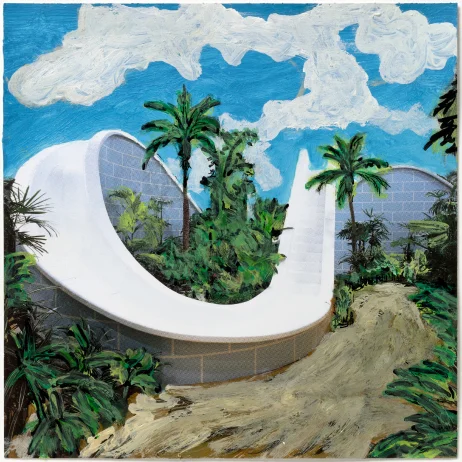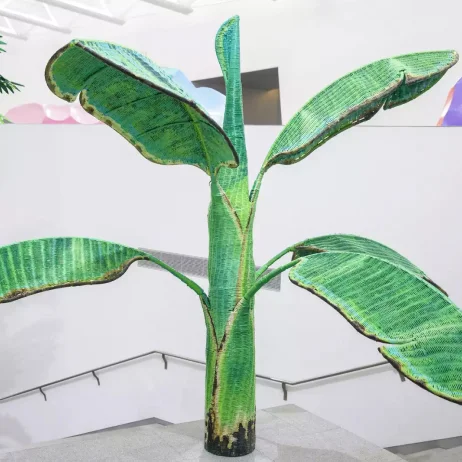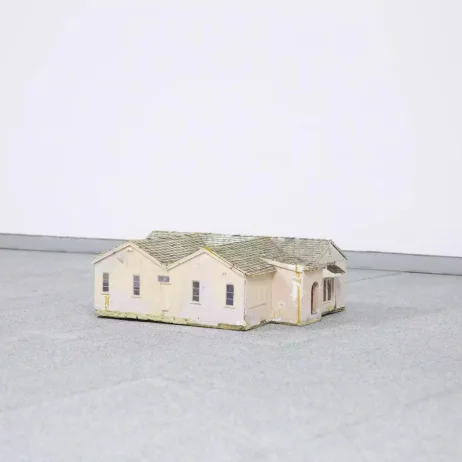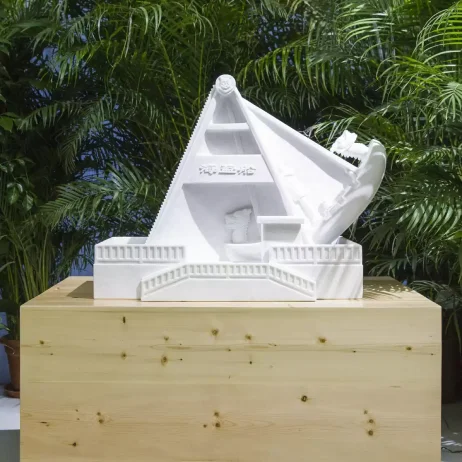hiroji
kubota
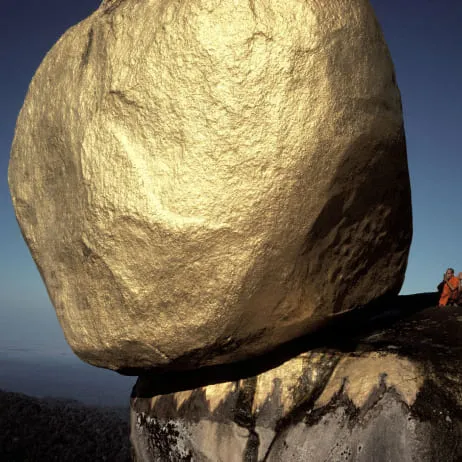
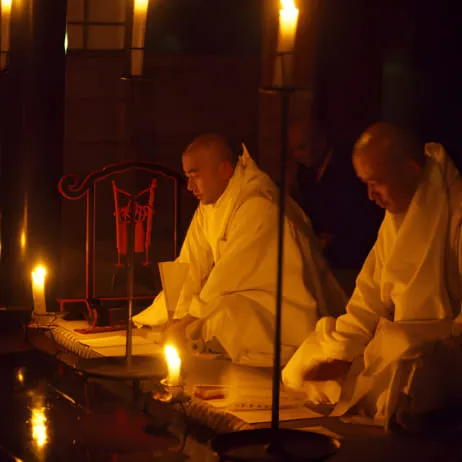
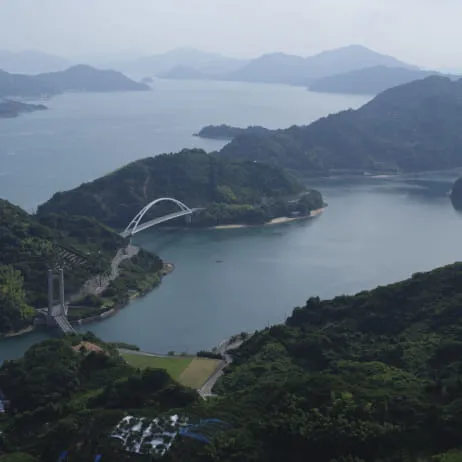
“I love beautiful things, and I want to
ind“I love beautiful things, and I want to make pictures that lift people's spirits. I see the giving and receiving of photographs as something beautiful and personal” — Hiroji Kubota.
Hiroji began his career assisting Magnum
indHiroji began his career assisting Magnum photographers René Burri, Burt Glinn, and Elliott Erwitt on their visit to Japan in 1961. Becoming a Magnum photographer himself, he produced major bodies of work on the United States, Japan, China, North and South Korea, and Southeast Asia. His work has been exhibited around the world.
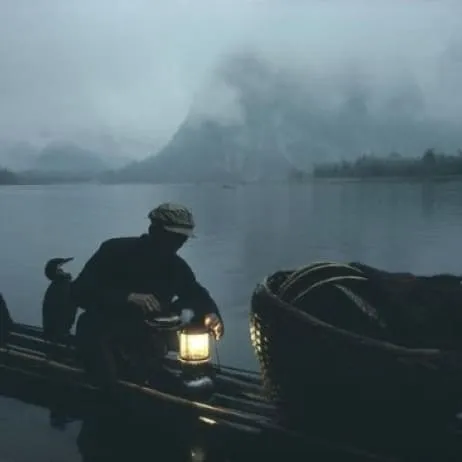
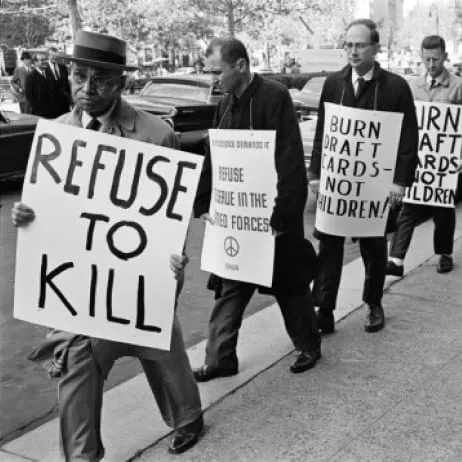

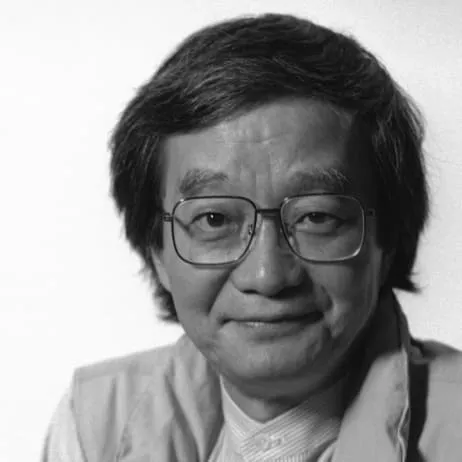
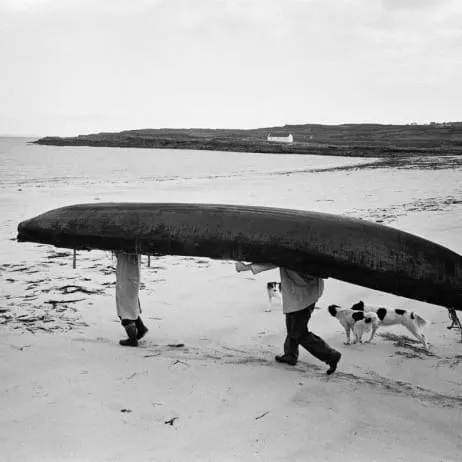


After leaving his native Japan to move
indAfter leaving his native Japan to move to America, Hiroji Kubota captured images of the time he spent with the Black Panthers across the country in the early 1960s.

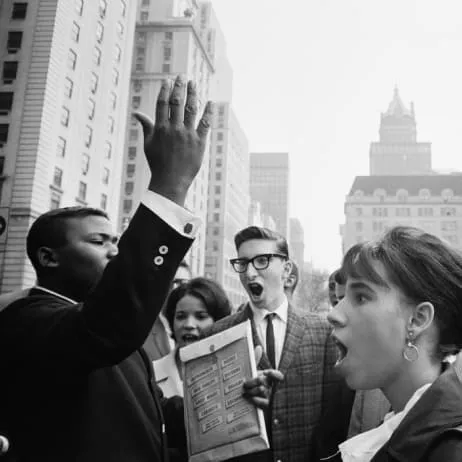
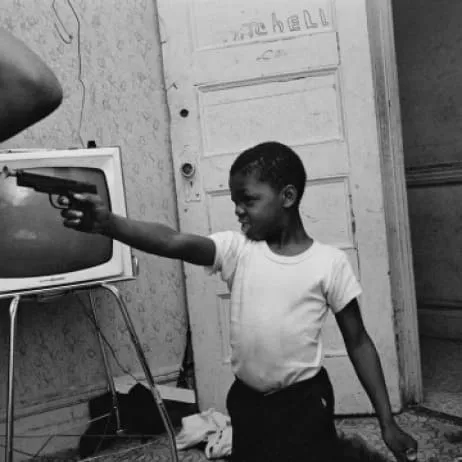
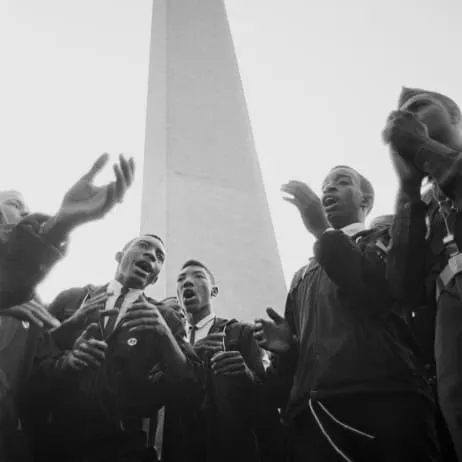
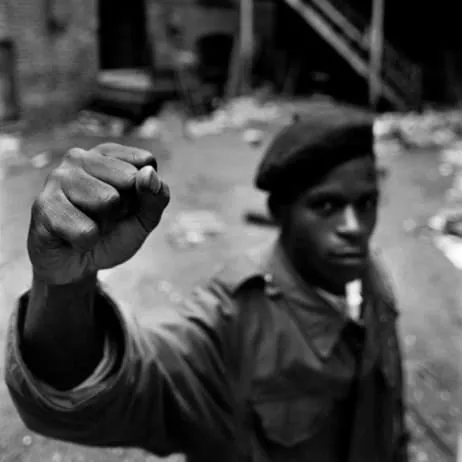
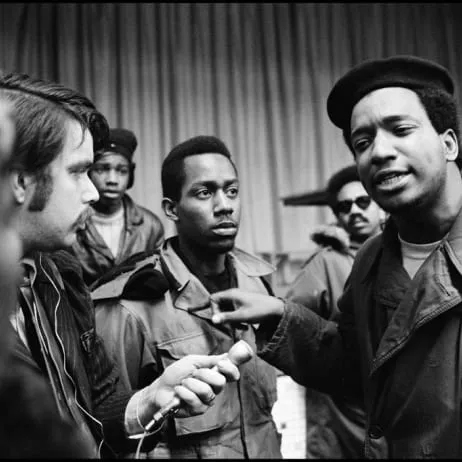
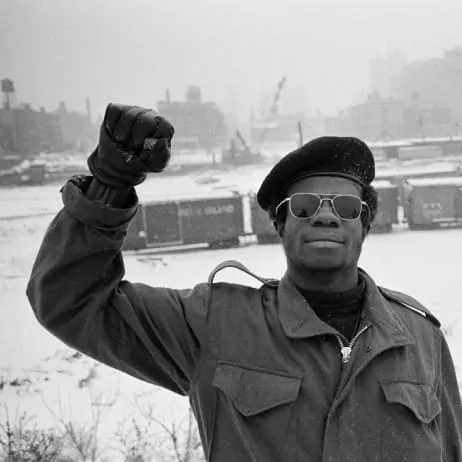
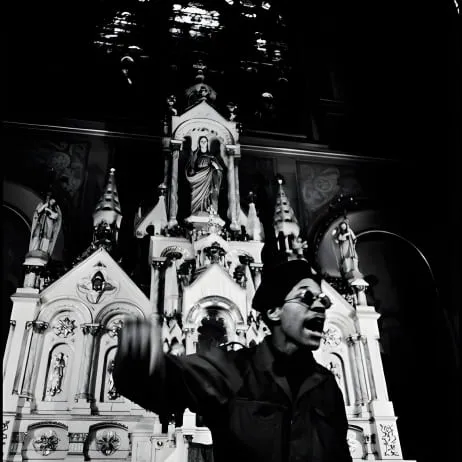

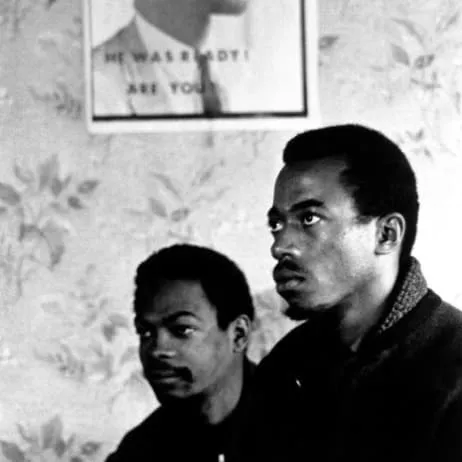
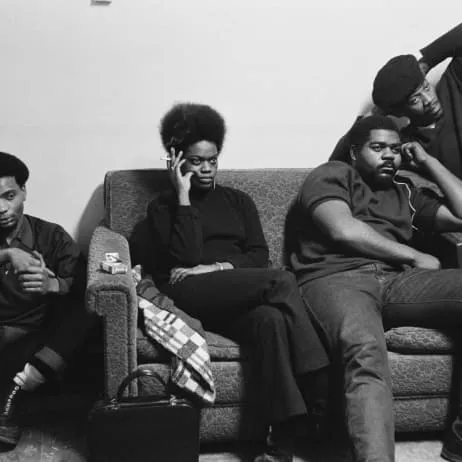
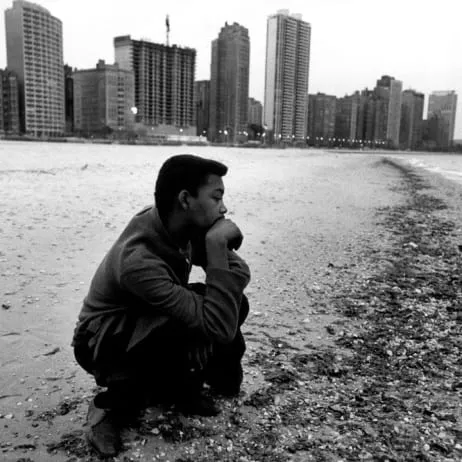

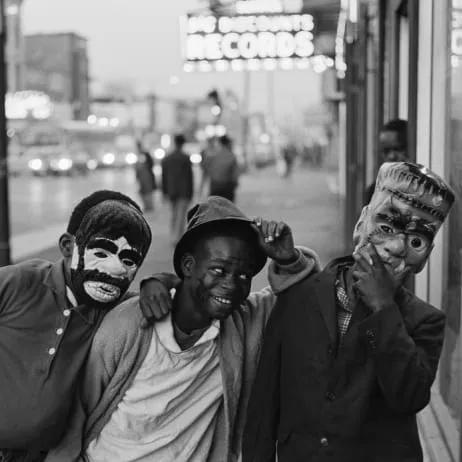

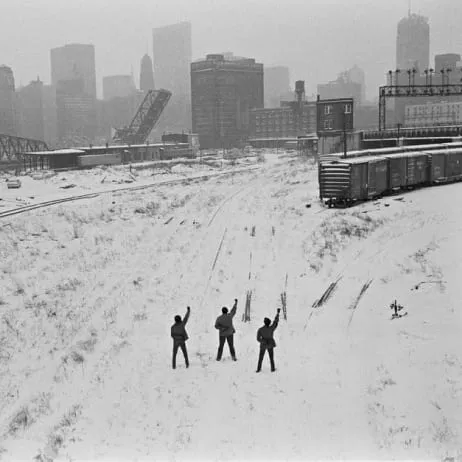
Kubota has proved to be a remarkably
indKubota has proved to be a remarkably tenacious photographer who immerses himself in a story and returns to it until he is satisfied. He has managed to get to places others can't — like his unlimited access on many trips to China, when travel within the country was limited. Ability to visit inaccessible places led Hiroji Kubota to North Korea, where he has managed to capture images during the late 1970s and 80s under Kim Il-sung’s rule when the country was plunged into economic turmoil.
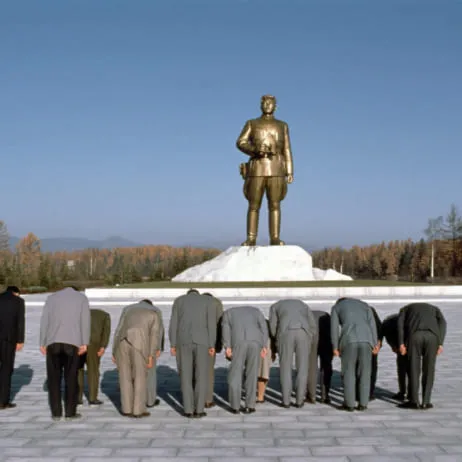
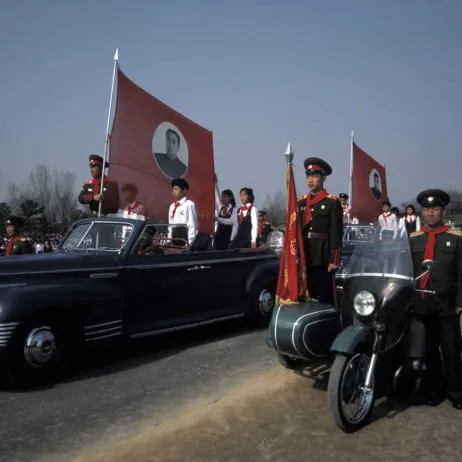

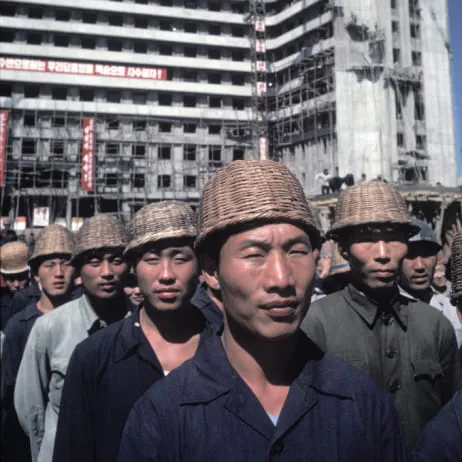
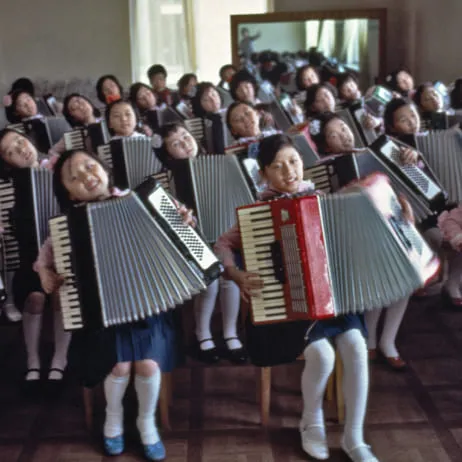

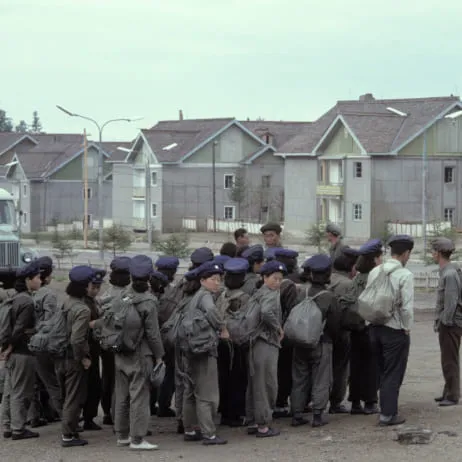
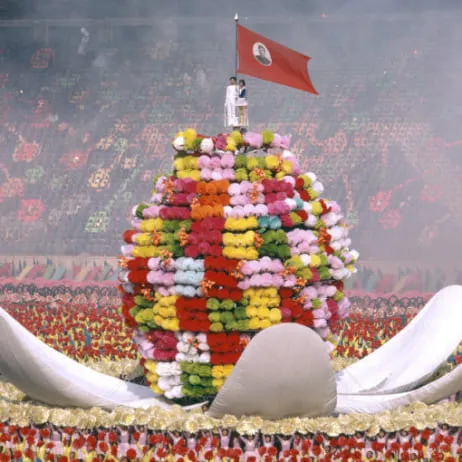
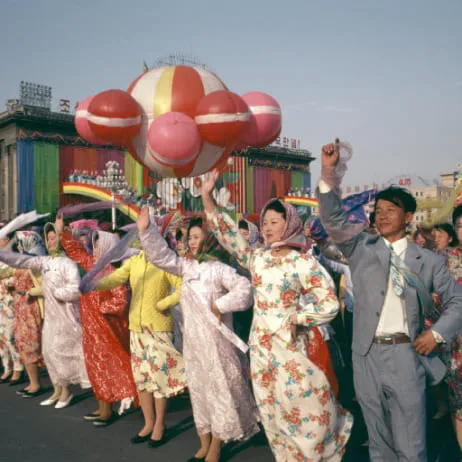

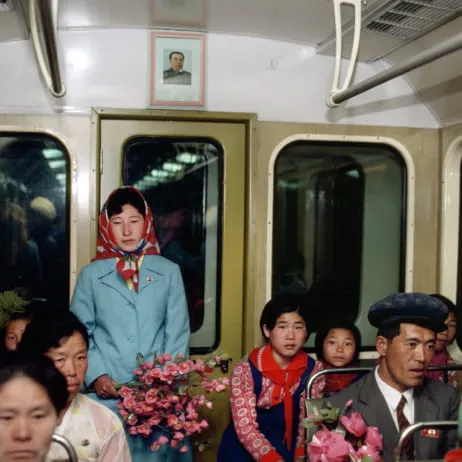
In 1965 Kubota left Japan for New York.
indIn 1965 Kubota left Japan for New York. “For the next 35 years I spent most of my life thinking about Japan but traveling and taking photos overseas” he said. “Why did I wait until 1999, when I turned 60, to turn my camera on my own country? I don’t really know. Thinking about how to do justice to Japan, I had decided to visit every one of its forty-seven prefectures at least twice, and to stay in the capital of each at least once. Many I visited far more times.”
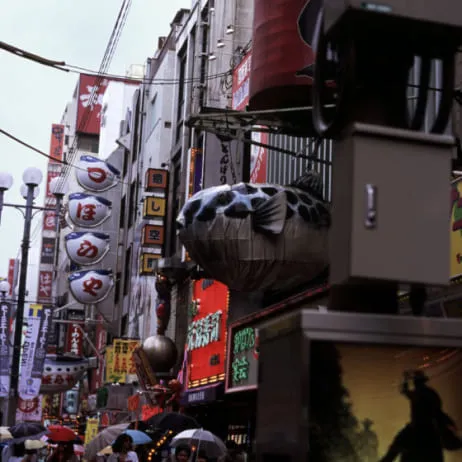
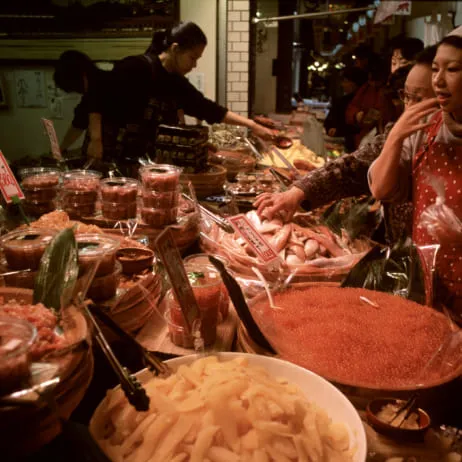


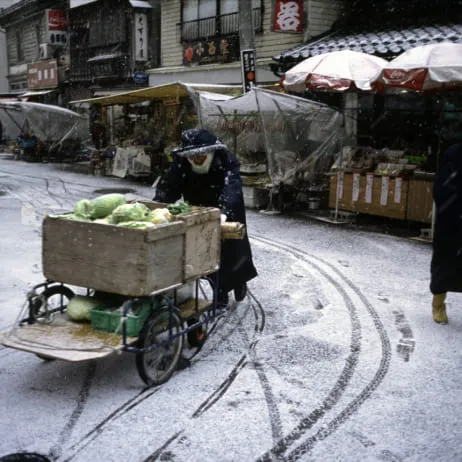
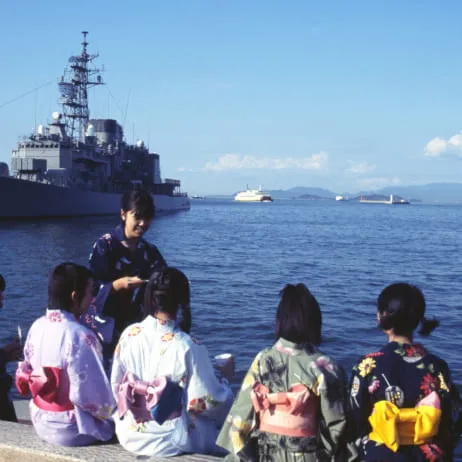
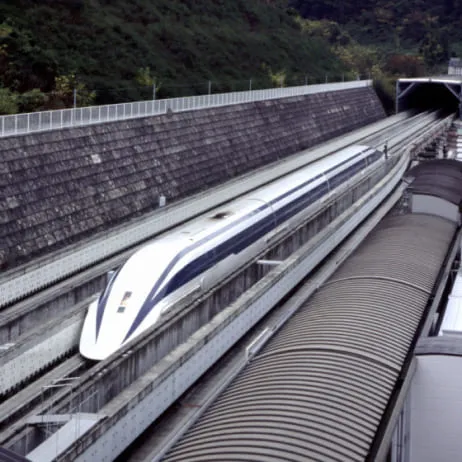
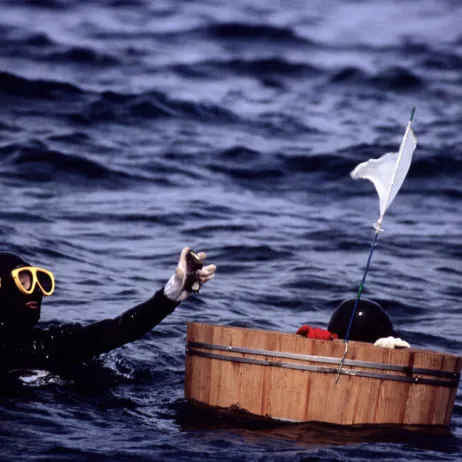
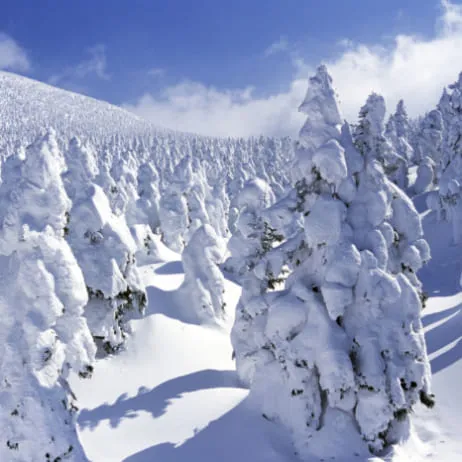
In 1965 Kubota left Japan for New York.
ind“No matter how good a digital camera is, you can't photograph the past” — Hiroji Kubota
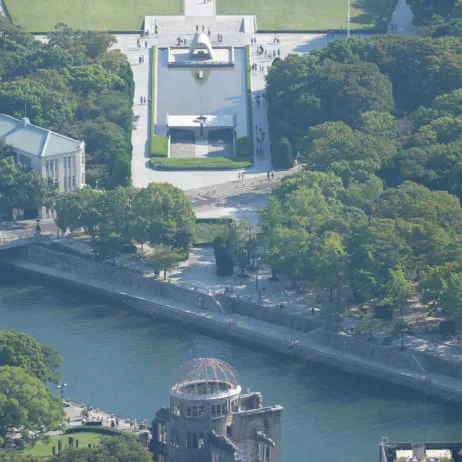
close
Hiroji Kubota
HOME Project Magnum Photos
In collaboration with FUJIFILM, Magnum Photos is on a major new project exploring the subject of "HOME".
2017

